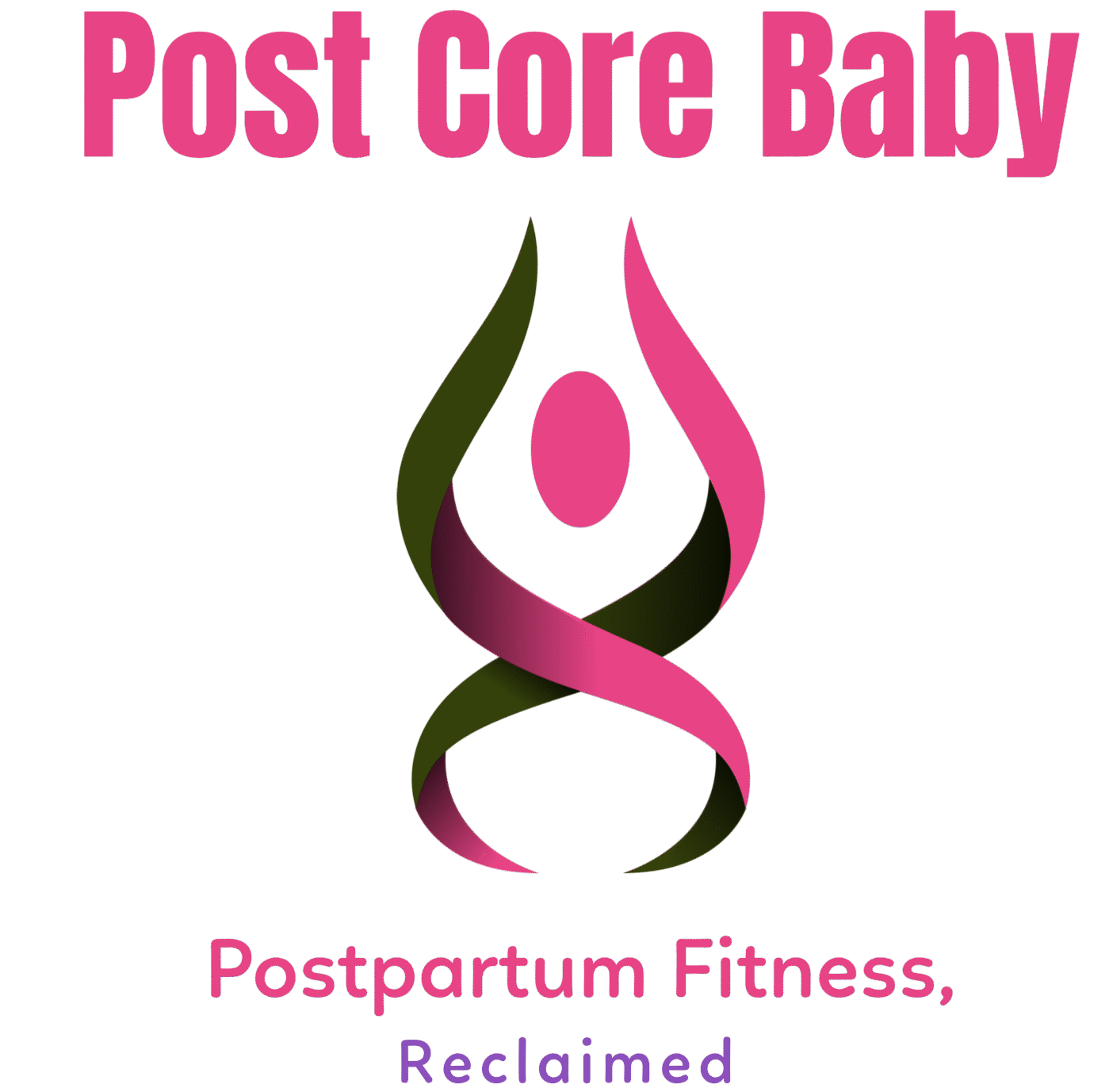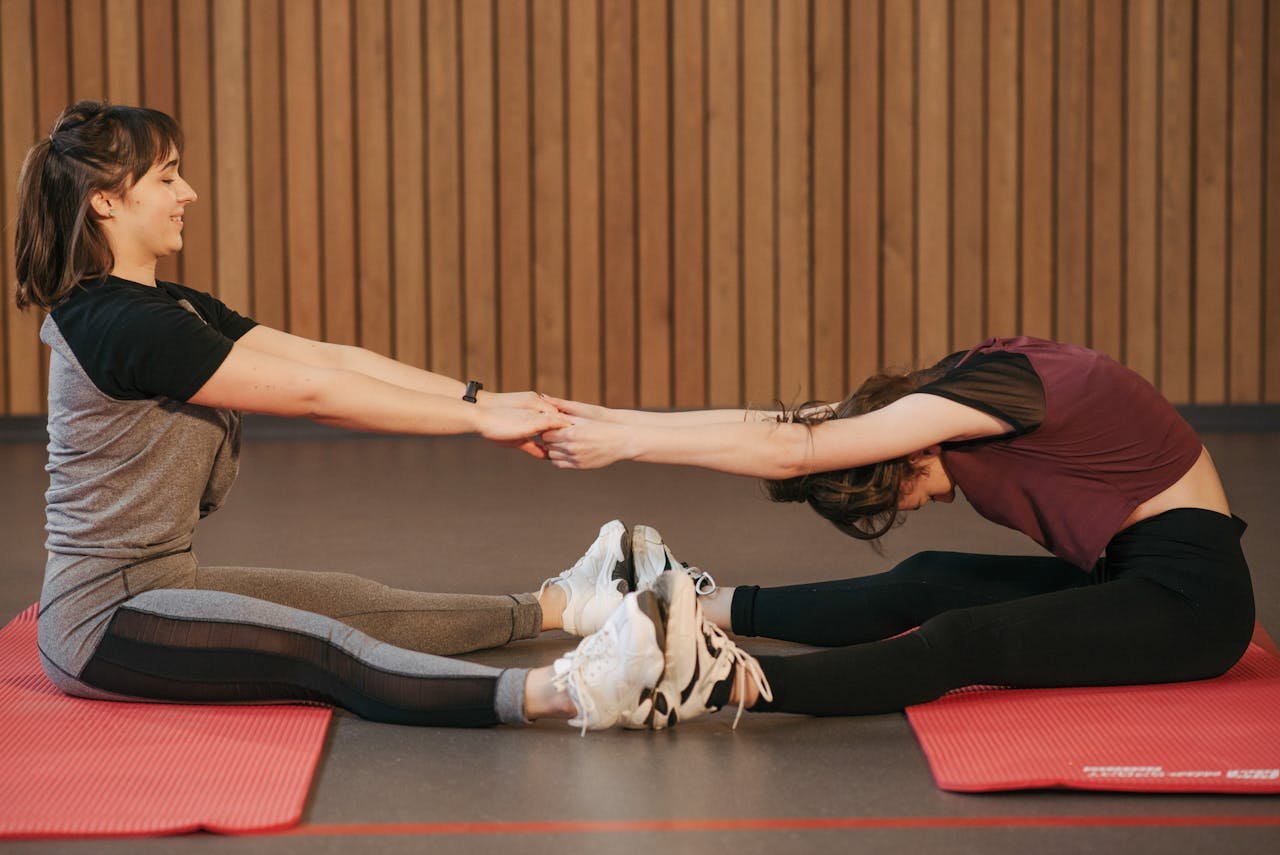Best Postpartum Exercises for a Safe Recovery
After childbirth, gentle movement can support healing and strength. In fact, experts note that if your pregnancy was uncomplicated, starting light exercise just days after delivery is usually safe. This blog covers expert-backed postpartum exercises and tips for a safe recovery after birth. We’ll highlight simple routines (like breathing, walking and gentle core work) as well as how to progress, and suggest helpful products to make your workouts comfortable and effective. Remember: always focus on gentle recovery first and consult your healthcare provider before beginning any new program.
Gentle Postpartum Exercises (First Weeks)
In the first days and weeks postpartum, the goal is healing, not intensity. Begin with diaphragmatic (belly) breathing and pelvic floor contractions. For example, take a deep breath into your abdomen so your belly expands, then exhale and gently engage your deep core (as demonstrated in recent physical therapy guidance). These breaths activate the transverse abdominis (deep core) and pelvic floor even right after delivery. You can do them anytime – lying down, sitting, or even while nursing.
Try pelvic tilts/bridges as you feel able: lie on your back with knees bent, tighten your abs and pelvic floor to press your lower back into the floor, then slightly lift your hips into a bridge. These moves strengthen the low back and core gradually. A padded yoga mat (for example, an AmazonBasics Extra Thick Yoga Mat or Onnit yoga mat) can cushion your spine and pelvis during floor exercises. Kegel exercises (pelvic floor squeezes) are also key – holding a pelvic floor contraction (as if stopping urination) for a few seconds and releasing helps restore bladder control. These can be done sitting or lying down, and practicing them regularly helps prevent leaks and strengthen pelvic support.
Short daily walks are another great early exercise. Even a slow stroll around the house or with baby in a stroller boosts circulation and mood. New moms are encouraged to start simply, for example “beginning with something low impact… such as a daily walk”. Gradually extend the walk as you gain energy. Walking also helps gently work leg muscles without strain.
- Pelvic Floor Work: Tighten and hold pelvic floor muscles for 5–10 seconds, then release (avoid holding breath). Do multiple sets each day. This eases postpartum incontinence and rebuilds core support.
- Abdominal Hollowing (Drawing In): Exhale and pull your navel toward your spine to engage deep abs (transverse abdominis). This can be done lying down or seated.
- Leg and Core Stretches: Try gentle yoga poses like Cat-Cow (arching/rounding your back on hands and knees) or Child’s Pose for spine mobility. These are recommended to relax tight pelvic muscles after childbirth.
Building Strength as You Heal
As you recover (often around 6–8 weeks, with your doctor’s OK), you can gradually add more challenge. Aim for the U.S. guideline of 150 minutes per week of moderate activity spread across days. For example, you might do five 30-minute sessions weekly, starting with gentle cardio and strength moves.
Resistance training can now enter the routine. Resistance bands are ideal for new moms: they allow controlled, low-impact strengthening. For instance, loop a band under your feet and perform seated rows or side-steps to work your upper and lower body. Many moms use affordable Amazon resistance band sets (usually under 30 seconds per arm) or Onnit brand bands as a starter kit. Similarly, light dumbbells (1–3 lb) or Onnit kettlebells can tone arms and shoulders. Try simple exercises like seated bicep curls, lateral raises, or wall push-ups. The goal is gentle tone rather than heavy lifting.
As strength returns, gentle resistance exercises help tone muscles. Even a light leg press (pictured above) or leg extensions can safely build leg strength postpartum.
While in the gym or at home, focus on form and comfort. Take advantage of postpartum exercise aids: a sturdy yoga mat (AmazonBasics or Onnit) keeps you grounded for floor work, and a Belly Bandit postpartum wrap can give abdominal support during exercise. Many women find that wearing a Belly Bandit wrap (available on Amazon and the Belly Bandit site) provides gentle compression and improved posture as their midsection heals. For core exercises, consider sitting on an exercise ball. As shown below, a stability ball can gently engage core and back muscles without straining your spine.
Using an exercise ball or yoga ball (as shown) engages your core and pelvic muscles safely. Onnit and other fitness brands sell durable balls that add variety to postpartum workouts.
Other moves as you progress: bodyweight squats, calf raises, and gentle lunges can rebuild lower-body strength. Postnatal yoga or Pilates classes (many even allow baby to join!) help re-open the pelvis and deepen core work. The MUTU System is a structured online program designed just for postpartum recovery – it offers short, gentle workouts that are “clinically proven to strengthen your core and pelvic floor”. (MUTU is highly rated by physiotherapists and obstetricians.)
Benefits of Postpartum Exercise
Regular postpartum activity delivers many benefits:
- Restores Core & Pelvic Floor: Pregnancy weakens abdominal and pelvic muscles. Exercises like pelvic tilts and Kegels rebuild these foundations, preventing issues like diastasis recti and incontinence.
- Supports Mental Health: Gentle exercise releases endorphins that can elevate mood. It has been shown to ease postpartum depression and anxiety by providing a sense of control and routine. Walking with baby or doing a light yoga session can be very calming.
- Boosts Energy & Circulation: Moving your body improves circulation (reducing swelling) and can reduce fatigue, helping new parents feel more energetic. Even short workouts often lead to better sleep (as babies allow).
- Helps Healthy Weight Management: While weight loss shouldn’t be the sole goal, combining exercise with nutritious eating helps the body return to its pre-pregnancy state in a healthy way. Consistent activity improves metabolism without stressing your joints.
- Builds Strength Safely: By following a gradual plan, you maintain muscle tone (legs, arms, back) and cardiovascular health postpartum. Over time, you can return to your favorite workouts feeling stronger and more confident.
These benefits are supported by health experts like the CDC and ACOG: moderate activity in the first year after delivery “decreases symptoms of postpartum depression” and supports overall recovery. Always listen to your body: gentle progress is key. Even 10 minutes of exercise is better than none, especially during this busy time.
Supportive Gear and Resources
Using the right gear makes postpartum workouts more comfortable:
- Yoga Mat: A cushioned, non-slip mat (like the AmazonBasics mat or an Onnit “Le Tigre” mat) protects your back and knees during floor exercises, stretching, and yoga poses.
- Resistance Bands: Lightweight bands (widely sold on Amazon) let you adjust tension for arm and leg workouts. They’re portable, budget-friendly, and perfect for gentle strength training.
- Light Dumbbells / Kettlebells: Onnit and Amazon sell easy-to-grip dumbbells (1–3 lb) or kettlebells. These add resistance to exercises like shoulder presses or goblet squats, safely rebuilding muscle.
- Postpartum Belly Wrap: Belly Bandit makes wraps specially for new moms. Wearing a Belly Bandit or similar belly binder during early recovery provides gentle core compression, helping support weak abdominal muscles and improving posture as you exercise.
- MUTU System (Program): The MUTU System offers guided postpartum workouts (online) focusing on healing diastasis recti and pelvic floor. Its routines are clinically proven to restore core strength after childbirth. Many healthcare pros recommend it for new moms.
- Prenatal/Postnatal Classes: Check community centers or gyms for mommy-and-me yoga or pilates. These classes incorporate safe postpartum modifications and let you exercise with other moms for motivation.
Including these tools can make your journey smoother. For example, a yoga mat keeps you comfortable on the floor, and a Belly Bandit wrap can make sitting up easier when you’re starting out. Resistance bands and light weights help you progress gradually. Always choose products specifically designed for postpartum or beginners to ensure safety.
Consult Your Provider Before You Begin
While gentle postpartum exercise is encouraged, every recovery is unique. Always check with your healthcare provider (ob-gyn or midwife) at your postpartum visit before starting any exercise plan. If you had a cesarean, a complicated delivery, or any health issues, your doctor may recommend waiting or modifying exercises. Use caution: stop any move that causes pain, and progress slowly.
By combining safe, low-impact postpartum exercises with patience and the right support (like a yoga mat, resistance bands, Belly Bandit wrap, etc.), you can nurture your body’s healing. These gentle workouts help you recover strength safely after birth, improve mood, and set the stage for long-term health. Above all, remember that rest and recovery go hand in hand with exercise. With expert-backed routines and a “listen to your body” approach, you can rebuild fitness gradually and enjoy this special time as a new mom.





